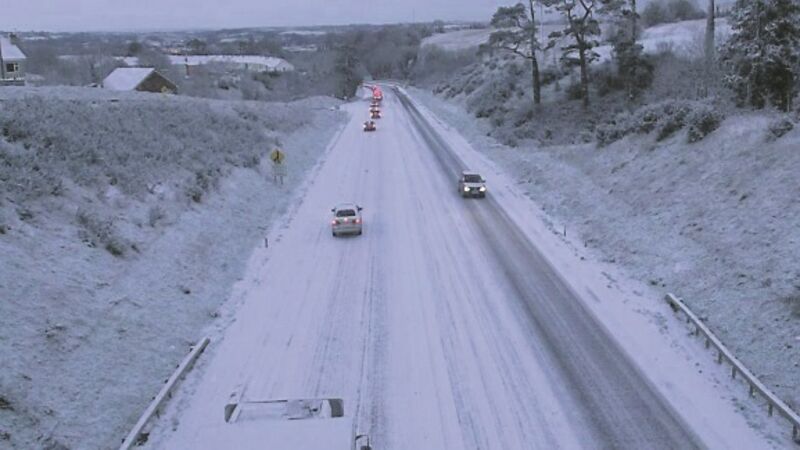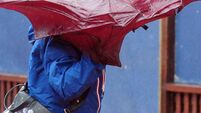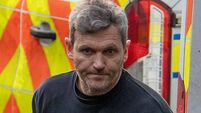What are the chances of a white Christmas this year?

According to Met Éireann climatologist Aidan Murphy, countrywide snow fell on 17 Christmas days at at least one of its synoptic stations, since 1961 — the last of them in 2010.
The maximum depth of snow ever recorded on the day was 27cm at Casement Aerdrome in 2010. In fact Casement also has the highest depth of snow ever recorded at 45cm on December 31, 1962.










